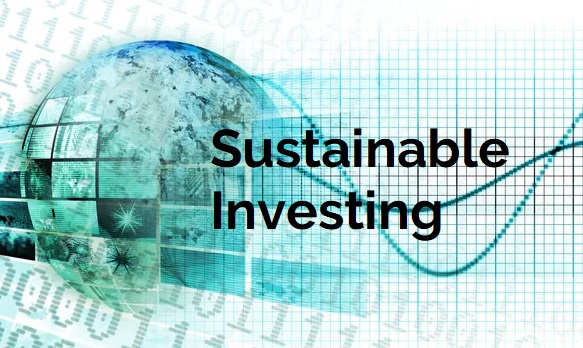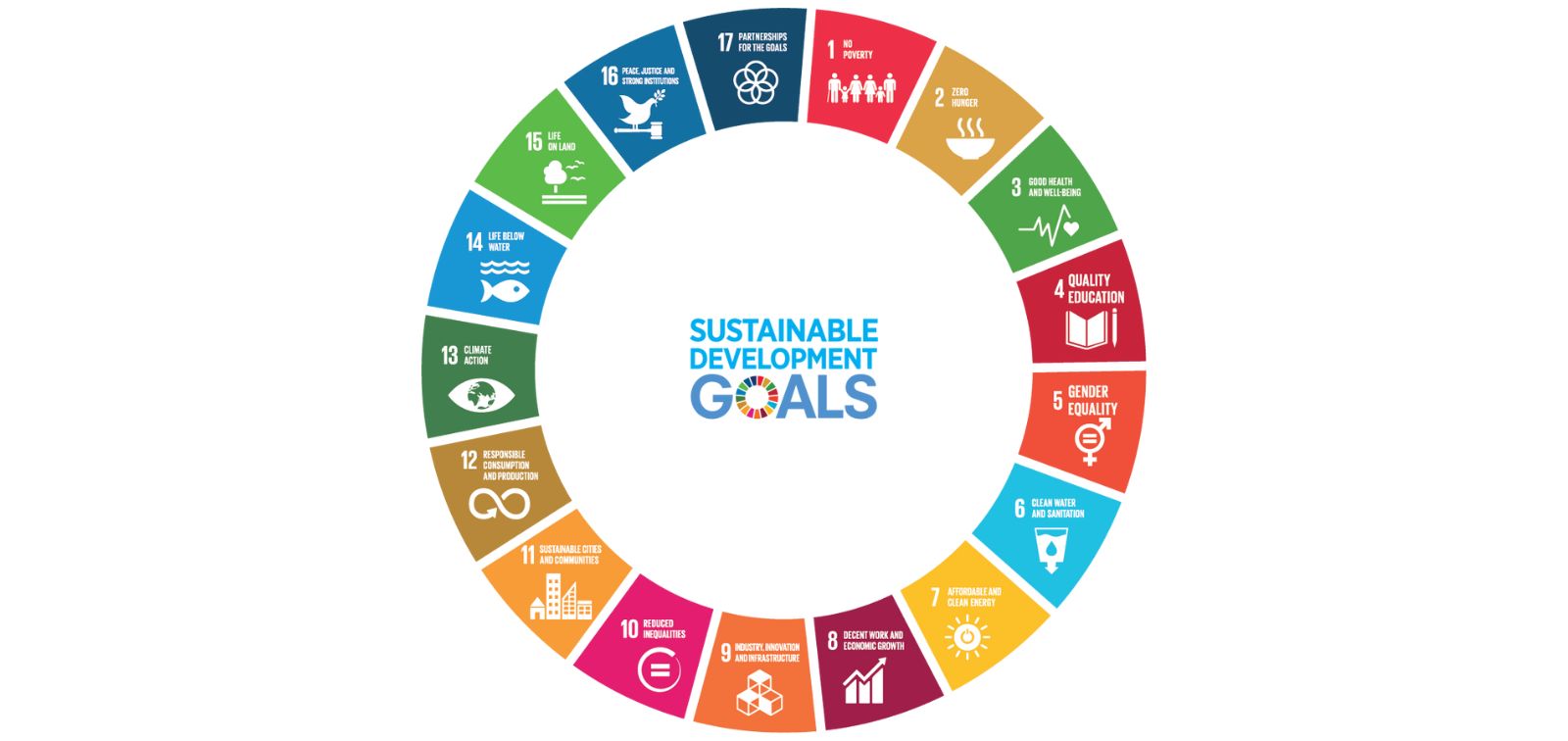COVID-19’s Impact on Business and the Global Economy
There is little doubt about COVID-19’s impact on business and the global economy. At a macro level, the long-term effects on commerce and trade may yet be fully measured, while the ramifications of shuttering hundreds of thousands of small businesses may be felt for years. Fortunately, at a micro level, the pain from individual job losses should be a relatively short-term issue.
The world’s last major pandemic was H1N1 (Swine Flu), which occurred in 2009. The Mayo Clinic says that H1N1 is a type of influenza A virus, which means it is in the same family of viruses that caused the deadly 1918 Spanish Flu pandemic. During the 1918 pandemic, the Spanish Flu infected over a third of the world’s population. According to NPR, the Spanish Flu killed anywhere from 50 to 100 million worldwide. According to the Centers for Disease Control, the Swine Flu infected approximately 60.8 million people in the United States.
Thankfully, H1N1 proved far less deadly than the SARS-based COVID-19. That pandemic caused just over a quarter million hospitalizations and an estimated death toll of 12,469 in the United States. The Swine Flu’s impact on business and the global economy affected some regions more than others. Many countries had varying levels of responses. Some countries actively checked temperatures and required masks, while many did not. But for the rest of the world, including the United States, the pandemic was more or less left to run its course.
With COVID-19 seemingly to have a much higher infection and mortality rate, world leaders and their advisors reacted much differently than they did during the Swine Flu. In 2009, in many countries, there were very few recommendations for shutdowns and social distancing. Globally, it was almost business as usual. During that pandemic, many parts of the world businesses and consumers did not experience supply chain disruptions or product scarcity like they have during this pandemic. According to a Politico article, former U.S. advisor Rob Klain, “It had nothing to do with us doing anything right. It just had to do with luck.”
The National Archives says, “COVID-19 is the first global pandemic of this magnitude in over one hundred years since the Spanish Flu.” Today, there have been approximately 124 million confirmed cases and 2,7 million deaths worldwide. There have been just over 30 million confirmed cases and almost 550,000 deaths in the United States.
During this pandemic, there was nowhere on Earth immune from its full impact. As COVID-19 quickly spread across the globe, advisors recommended governments shut down their economies to slow the spread. This reaction caused an almost immediate global economic collapse of the financial markets. Around the world, stock markets took substantial hits. For example, in mid-February 2020, the Dow Jones was 29,436 for a high, and by late March, it had lost over a third of its value down to an intraday low of 18,213.
Within weeks the global economy was shut down, and hundreds of millions of people were forced to stay home. For people across the globe, that meant their work and income disappeared. These unprecedented shutdowns had a tremendous impact on business and the global economy. For those fortunate enough to remain working, their jobs changed significantly by reducing their workloads or requiring them to work remotely.
With these shutdowns, businesses and consumers in developed countries were affected differently than their counterparts in lesser developed countries. Beyond the losses in the financial markets, the most significant impacts in developed countries came from supply chain disruptions and product scarcity due to closures, panic buying, or consumer stockpiling. However, people in emerging markets and developing countries were hit especially hard, as many of the poverty-stricken and impoverished were deprived of even the most basic essentials.
According to Forbes, just before the pandemic in January 2019, the U.S. economy was doing very well. The real unemployment rate in the U.S. was at 3.5%, which is a 50-year low. Unemployment was also at all-time lows for women and several minority groups.
Across the board, the economy saw wages rising, and inflation was below the Fed’s target of 2.0%. The U.S. economy was experiencing a “Goldilocks economy” where the economy was neither too hot nor too cold. In other words, it had an economy sustaining moderate economic growth with low inflation, allowing for market-friendly monetary policies.
A report from the SBA shows that small businesses account for 44 percent of U.S. economic activity. According to the Census Bureau, small businesses employ roughly 40.4% of all workers. According to the U.S. Bureau of Labor Statistics, the year’s highest unemployment rate of a revised 14.8% was recorded in April 2020.
According to Brookings, U.S. small business revenue has fallen by about 20% since January 2020. Bankruptcies were more common, especially across the leisure and hospitality industries. Although new business formations faltered in the spring, they rebounded significantly as the year progressed. This rebound came from businesses that were started that either were addressing challenges of the pandemic or by individuals who had been laid off from other industries. By April 2020, the number of labor force participants not at work had quadrupled. Low-income families and children were the most affected by the loss of income.
Even brief closures and lowered business activities proved catastrophic, as many smaller businesses failed. Especially those businesses that were forced to stay closed for long periods. But for industries that were fortunate enough to have the correct business models in place or those able to adapt quickly, it was a prosperous time. The pandemic allowed businesses to focus on streamlining processes and reinventing how they interacted with their customers.
Economics defines a recession as two consecutive quarters of negative GDP growth. Driven almost solely by the government’s shutdown of the economy, by definition, the U.S. had one of the shortest recessions in its history. According to GPD numbers provided by the Bureau of Economic Analysis, Q1 GDP was -3.4%, Q2 was down -32.8%, Q3 rebounded by 38.3%, and Q4 settled at 6.1%. The overall U.S. GDP for the fiscal year 2020 was down -3.5%. Household consumption expenditures (for services) experienced the sharpest drop falling to -3.81% as people were forced to give up access to healthcare, recreation, food services, and accommodations.
While developed markets of the U.S. and Europe suffered, the impact on business and the global economy affected emerging markets quite differently. With an inability of their governments to provide unemployment benefits or inject massive amounts of stimulus into their economies, many of these markets were forced to reopen. All be it was at a somewhat lower level of business due to limited international trade activity, at least their economies were reopened. A significant number of these markets recommended restrictions such as the wearing of masks and social distancing.
According to the IMF, the world economy is comprised of 194 economies. In the fiscal year 2020, the gross world product (GWP) was projected to be around $83.84 trillion. Due to COVID-19’s impact on business and the global economy, the GWP was almost $4 trillion less than it was in the fiscal year 2019. This is a rather significant loss. It is like removing the entire GDP of Japan, which is the third-largest economy in the world.
According to the U.S. Department of Labor, Unemployment numbers in the U.S. for the week ending February 20th, 2020, reached just over 20 million people. According to the Department of Numbers, unemployment peaked at just over 23,109,000 in April 2020. While this number has slowly improved, it has yet to recover fully. The number of people unemployed in the U.S. peaked in October 2009 at 15,352,000. Today the U.S. unemployment rate stands at 6.2%, having 9.972,000 people unemployed nationally. By definition, although we are out of recession, the economy is a long way from healthy.
For investors who reacted to the pandemic, returns in the stock market of 47% or greater were not unheard of. Domestically, and according to The Case for Small Caps, “In general, small caps tend to outperform coming out of recessions.” Generally, “going into economic slowdowns or a period of recession, investors tend to prefer large-cap stocks for safety.” Although emerging markets tend to be hit hardest during downturns, they perform the best when coming out of recessions. According to data provided by the MSCI Emerging Markets Index following the Great Recession of 2008, the MSCI Emerging Markets representing large and mid-cap stocks across 27 emerging markets returned an outstanding 78.51%. During that same period, the rest of the world experienced an average 29.99% return.
For 2021, with the pandemic seeming to diminish, the impact on business and the global economy appears to be subsiding. Stock market returns and a return to a robust economy should have almost been a forgone conclusion. But with the U.S. elections and the change in power, the business-friendly policies of the previous administration look to be in jeopardy. With additional regulations and the potential of higher taxes on the horizon, this may provide some strong headwinds to overall market returns. Especially as the market euphoria from the stimulus wears off and news of the vaccines diminishes. The stock markets should return to fundamentals, such as future cash flows and more reasonable valuations. Investors will pay closer attention to the ever-mounting debt and seemingly out-of-control spending.
Given the impressive rebound of the stock market in 2020 and presented with all the future uncertainties, now might be the time to take some money out of the stock market and shift to alternative investments. Knowing that emerging markets tend to perform best when coming out of recessionary periods, alternative investments such as venture investments or investments into emerging market venture capital funds might be suitable for sophisticated investors. Venture capital firms like 1839 Ventures® and the series 1839 Venture Funds™ they manage give investors investment options.





